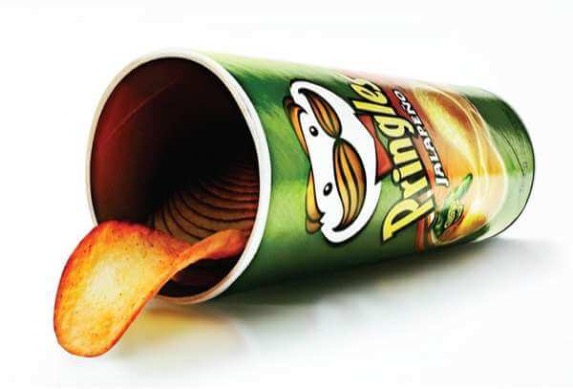
Pringles' tube packaging should be scrapped because it is difficult to recycle, it has been suggested.
The makers of Pringles, now owned by Kellogg's which acquire from P&G in2012, are coming under pressure to abandon their famous tube packaging because it is difficult to recycle.
Simon Ellin, chief executive the Recycling Association, a trade body representing recycling plants, has suggested the packaging was made by "idiots", warning that food producers and manufacturers need to pay greater attention to recyclable packaging.
He told a conference: "What idiot designed this in terms of recyclability? We've got a cardboard tube, a metal bottom, a plastic lid.
"The Pringles factor - right at the design stage, we've got to get that right.
"What we're putting in our recycling bins has got to be recyclable. We've got to get away from the Pringles factor."
It comes amid growing fears that too little is being done to reduce the amount of household waste by British consumers.
The Prince of Wales, who campaigns on such issues, is preparing to join record-breaking yachtswoman Dame Ellen MacArthur in launching a multimillion-pound competition to encourage the reduction of plastics in the world's oceans.
The Ellen MacArthur Foundation and Charles's International Sustainability Unit (ISU) will launch the New Plastics Economy Innovation Prize in central London on Thursday to challenge groups and individuals to find new ways of designing packaging to help keep it out of the oceans.
A Pringles spokesman said: "We take our responsibilities to the planet we all share seriously and are continuously working to improve our environmental performance.
"All parts of a Pringles can act as a barrier to protect the chips from environmental contamination and to keep them fresh. "The freshness of our chips means a longer shelf life, which minimises food waste."
[ add comment ] ( 31 views ) | permalink |




 ( 2.9 / 1923 )
( 2.9 / 1923 )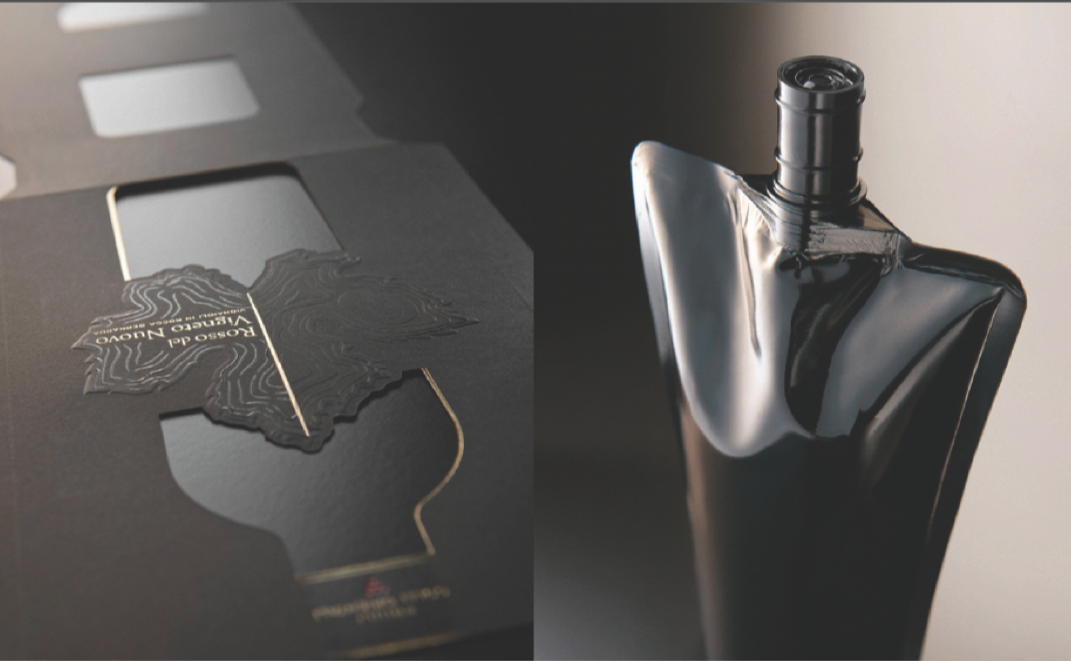
Global demand for wine packaging to reach $22.8 billion in 2020.
Global demand for wine packaging including containers, closures, and accessories is expected to rise 2.3% per year reaching $22.8 billion in 2020, according to a recent study from The Freedonia Group (Cleveland, OH). Growth will be sustained by continued, albeit moderate, increases in global wine production, despite declining per capita consumption rates in Europe, which accounted for about 60% of consumption and nearly 65% of production in 2015.
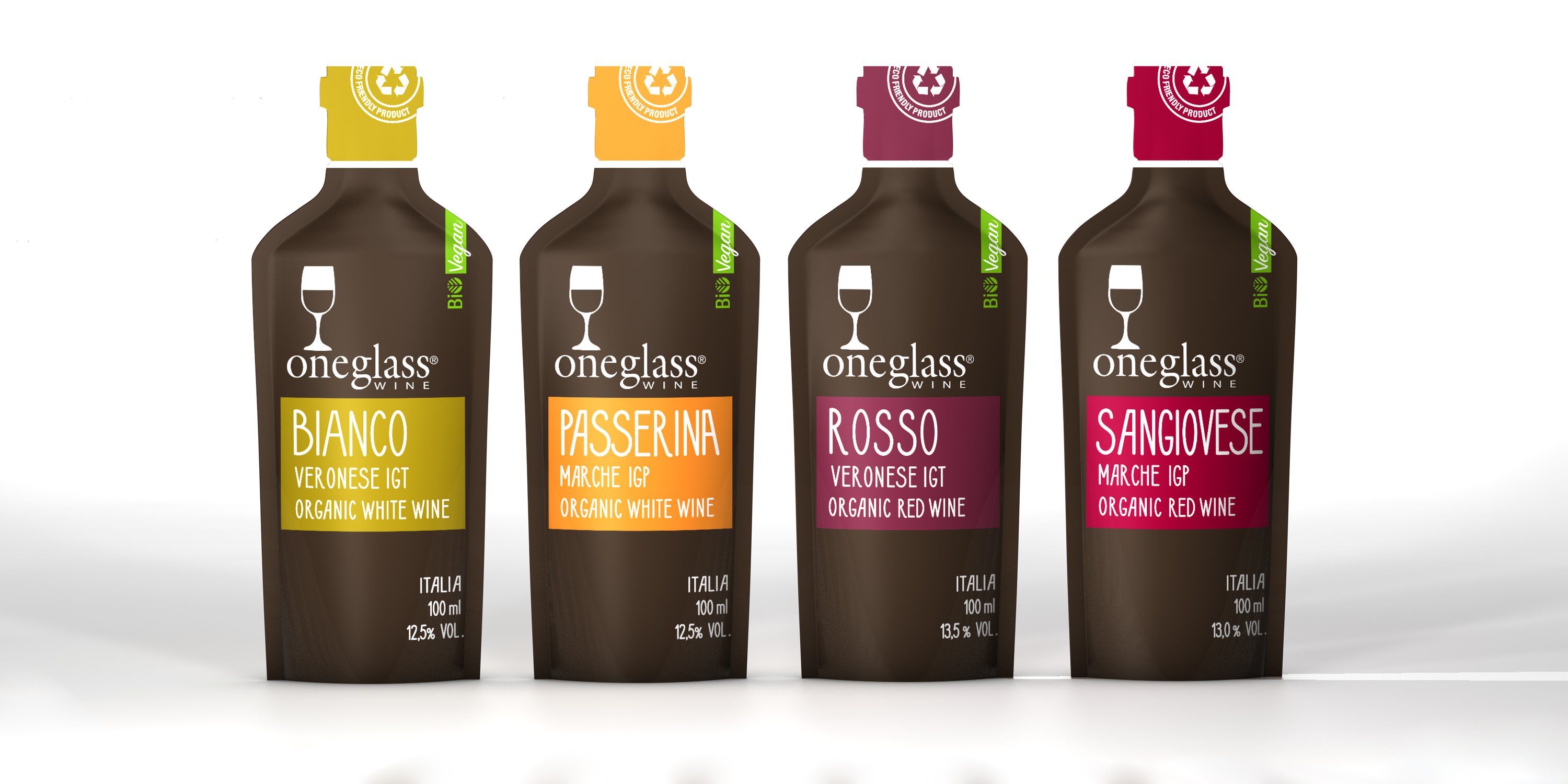
http://www.oneglass.it
What comes as no surprise is that glass bottles are still the preferred wine container, as they have excellent barrier properties and can protect wine nearly indefinitely. Also, glass bottles are considered by many to be an essential part of the wine experience. As a result, glass continues to dominate the container segment, accounting for about 85% of the global total in 2015.
However, this market share is declining.
Glass bottles are heavy and more expensive to ship than alternative packaging formats. Also, most of the still wine produced around the world is consumed not long after it is made, meaning that while many consumers might prefer bottles, they are not always necessary. Because of thse factors, alternatives, including bag-in-box containers, aseptic cartons, plastic bottles, cans and cups are on the rise.
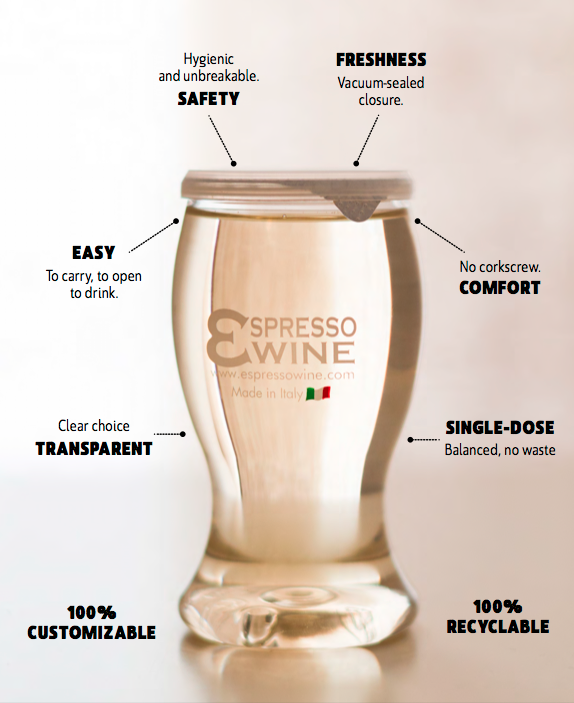
http://www.wixo.it/it
Europe will continue to be the largest regional wine packaging market for the foreseeable future, while North America and the Asia/Pacific region will deliver better growth opportunities through 2020. In North America, growth in US wine production will be well above the global average, mainly due to the increased popularity of wine, which is now seen more as an everyday beverage rather than something only for holidays or special events. In the Asia/Pacific region, China has become one of the biggest producers and consumers of wine, although consumption rates remain very low by global standards. Australia and New Zealand are the other major wine packaging markets in the region.
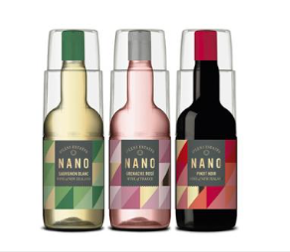
Australia illustrates the duality of the wine packaging market in countries where much of the wine produced is exported. Wine for the country's domestic market is often in bag-in-box containers, which dominate young wines sold at lower cost. While glass bottles are still used, they are typically sealed with a screw cap instead of a cork. At the same time, much of Australia's exported wine is packaged to cater to preferences of consumers in destination markets, some of which, such as the UK, are generally more receptive to wine that is not classically bottled in glass and sealed with a cork.
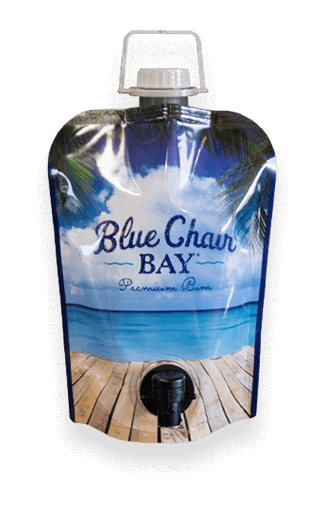
Shipping and packaging add up when it comes to cost. This has led to a move to lighter weight containers, including lighter glass bottles, but it has also increased the appeal of shipping wine in bulk. Several countries—including Spain, Chile, South Africa and Australia—ship a considerable sum of the wine they export in bulk. This wine is packaged in or near the country in which it will be consumed and has led to a significant shift in where packaging is used. As a result, the wine packaging markets in some countries, such as Chile and South Africa, are small relative to their Global demand for wine packaging to reach $22.8 billion in 2020 production levels. On the other hand, the packaging market in the UK is fairly appreciable despite very little domestic wine production.
[ add comment ] ( 46 views ) | permalink |




 ( 3 / 561 )
( 3 / 561 )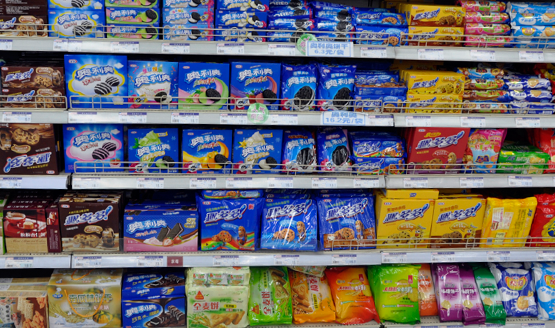
One of the most important activities for a marketing specialist is to learn what competitors are doing.
The curious marketing person thus constantly looks at what happens in the shops, be it supermarkets, kiosks or the “7-Eleven” types of corner shops.
We call this “store-checking”, quite a tiresome activity, as it demands a lot from your brain when analysing not only display activities, but equally look at back panels, secondary packaging or other product categories than food and drinks. Why other categories? Because that is where you pick up ideas! It’s called “cross-fertilisation”, i.e. enrichment of knowledge.
It is obviously important to know what the direct competitors are doing, but we are not in business to copy them, unless you are a Chinese company!
How do you discover for instance a trend? Well, we can take Innocent smoothies as a good example as their approach to communication on packaging proved that if you make your communication INTERESTING, the consumer will notice it and read it. What does this mean in marketing terms? … that the bond between the brand and the consumer has been strengthened, which in the long term is far more important than for instance advertising. Well, we obviously have to do it all if we wish to increase our business, i.e. advertising, POS, package communication, website, secondary packaging communication (e.g. shippers), etc.
It is a bit surprising to see how few companies have been inspired by Innocent, well even by ARLA in Sweden who have a similar contact with their consumers since some 20-30 years.
The French company Michel & Augustin was inspired, but unfortunately made the same mistake as most companies/brands do today, i.e. too much information, thus arriving at too small texts which do not invite to be read as today’s free dailies (e.g. Metro) which are the best examples of great communication.
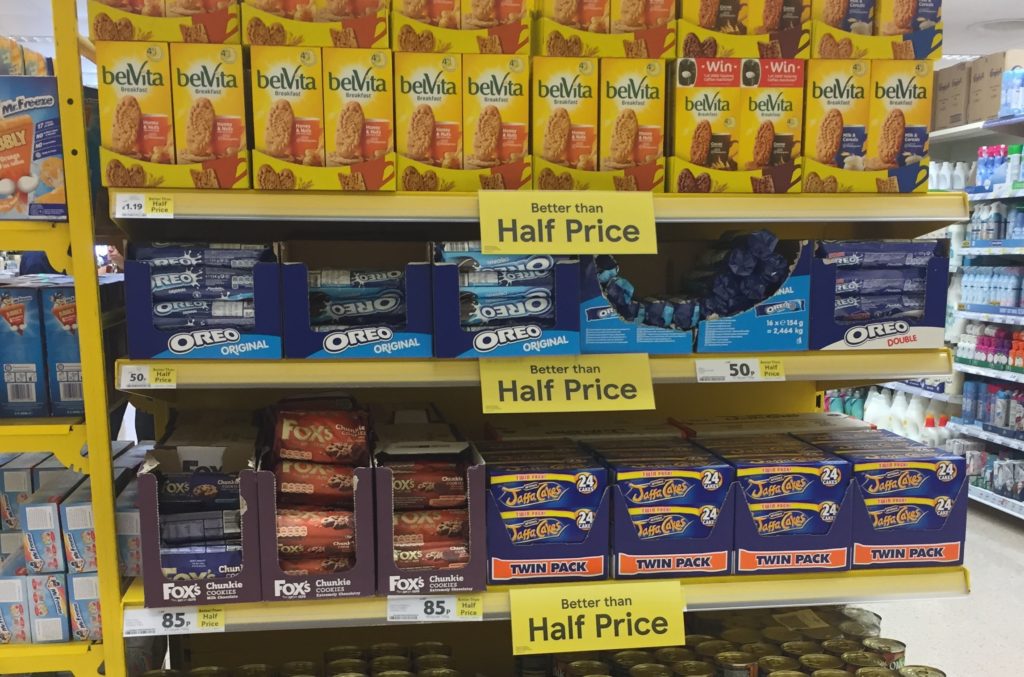
When store checking, you furthermore have the possibility to put questions to consumers when they pick up a pack, be it your own brand or the competitor’s. The best market research at no extra cost! And then you yourself have the chance to taste or to use the products you pick up and learn from…
EY!
[ add comment ] ( 126 views ) | permalink |




 ( 3.1 / 1925 )
( 3.1 / 1925 )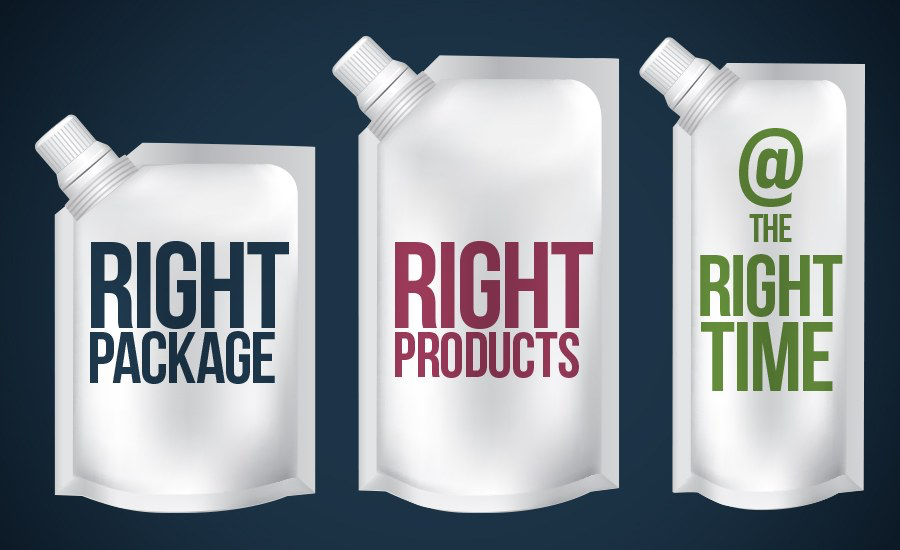
The changing lifestyles of today’s consumers—eating trends, eating habits and eating occasions—has led to a need for packaging that goes beyond just protecting the product. To drive growth and profitability, consumer packaged goods companies (CPGs) have a need for forward-thinking functionality that fits with the new demands from consumers.
This is why stand-up flexible packaging is beginning to dominate new product releases, growing by 30 percent from 2012 to 2015, according to Mintel. Manufacturers of baby food, yogurt, fruit purees, beverages and many other categories are converting to stand-up pouches to meet evolving consumer lifestyles and position their business for future growth.
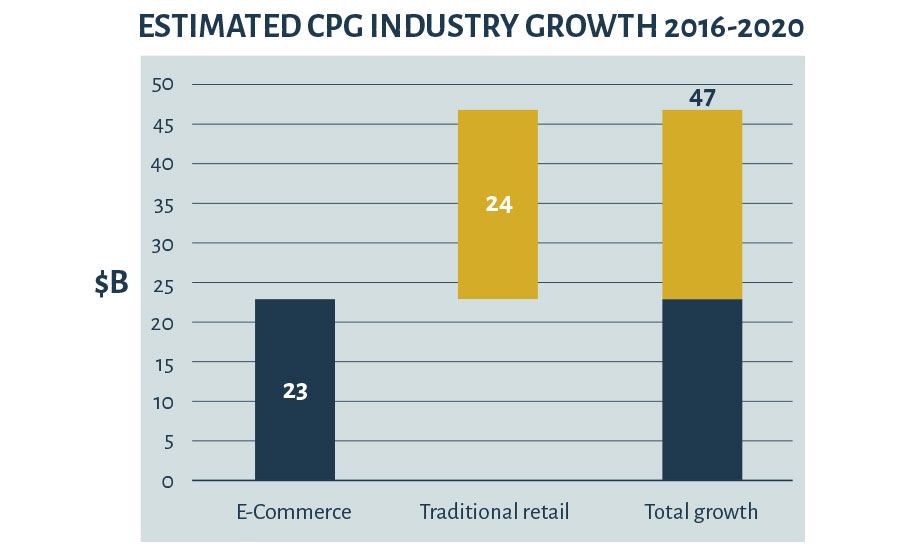
Prior to 2009, the North American marketplace for retail liquid pouches consisted primarily of juice pouch products targeted at children. Then in 2009, the spouted pouch was introduced in baby food and shelf-stable fruit categories. Since, the demand for pouches containing liquid or pumpable products beyond the juice pouch category in North America has grown from essentially zero to more than 2 billion pouches per year.
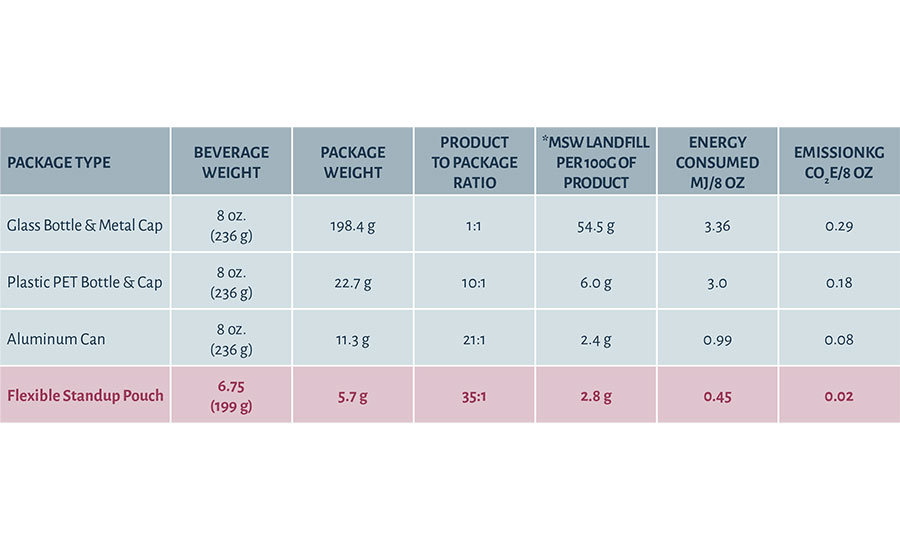
Form and Function
So, what is driving this growth? The pouch was the right package for the right products at the right time, delivering both form and function. Spouted pouches allowed toddlers to feed themselves, freeing mom and dad from the spoon as well as introducing an easy way to reclose the package. If the product wasn’t consumed in full, the rest could be stored easily. Squeezing the last bit of food out of a pouch is much easier than trying to scoop the last bit out of a rigid container. That means less food waste and improved value, which drives market growth.
In 2015, stand-up pouches accounted for 28.9 percent of all baby food packaging formats. Even more impressive is that stand-up pouches’ share of packaging formats grew 84.4 percent in one year, while virtually all other packaging formats saw a decrease in share in the category. Unit sales of baby food pouches increased 11.6 percent from 2014 to 2015, according to IRI Data.
IRI Data additionally reports that shelf-stable fruit in pouches also experienced the highest unit sales compared to any other packaging format in 2015, resulting in a 24.4 percent share of the market and a growth rate of 13.2 percent.
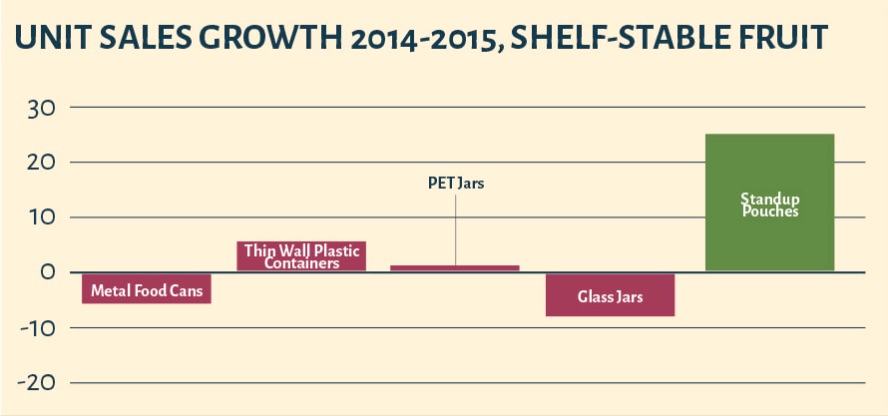
Beyond baby food and shelf-stable fruit pouches, product introductions of pouches without fitments for single-use soups, sauces, meals and beverages are also emerging and growing. These products deliver value to on-the-go consumers who live a fast-paced lifestyle but still demand quality and freshness.
Platform for Brand Growth
For CPG marketers, the millennial generation is the prime target audience for stand-up pouches. This dynamic segment, aged 21 to 38, accounts for 24.6 percent of the U.S. population and is projected to grow 2.6 percent by 2020, according to Mintel’s “Marketing to Millennials” study in 2015. Millennials are familiar with pouches since as children, they drank fruit juice from them. Today, these former juice drinkers are becoming parents themselves and are responsible for grocery shopping in their households. In fact, Fortune magazine says 51 percent of U.S. children have a millennial mother.
Pouches provide a platform for brand owners to deliver improved packaging functionality to millennials. A Mintel study shows that 74 percent of U.S. consumer indicate an easy-to-open package is important to them, while 55 percent indicate package portability is important. Additionally, 41 percent would select a product that is consumable on-the-go instead of a competitive offering that isn’t isn’t, according to Mintel’s July 2013 “Food Packaging Trends-US.” Pouches deliver the flexibility and performance that millennials are seeking. In fact, several brands have learned that augmenting their current rigid packaging with a pouch alternative does not cannibalize existing formats; it actually expands the entire market by expanding usage occasions.
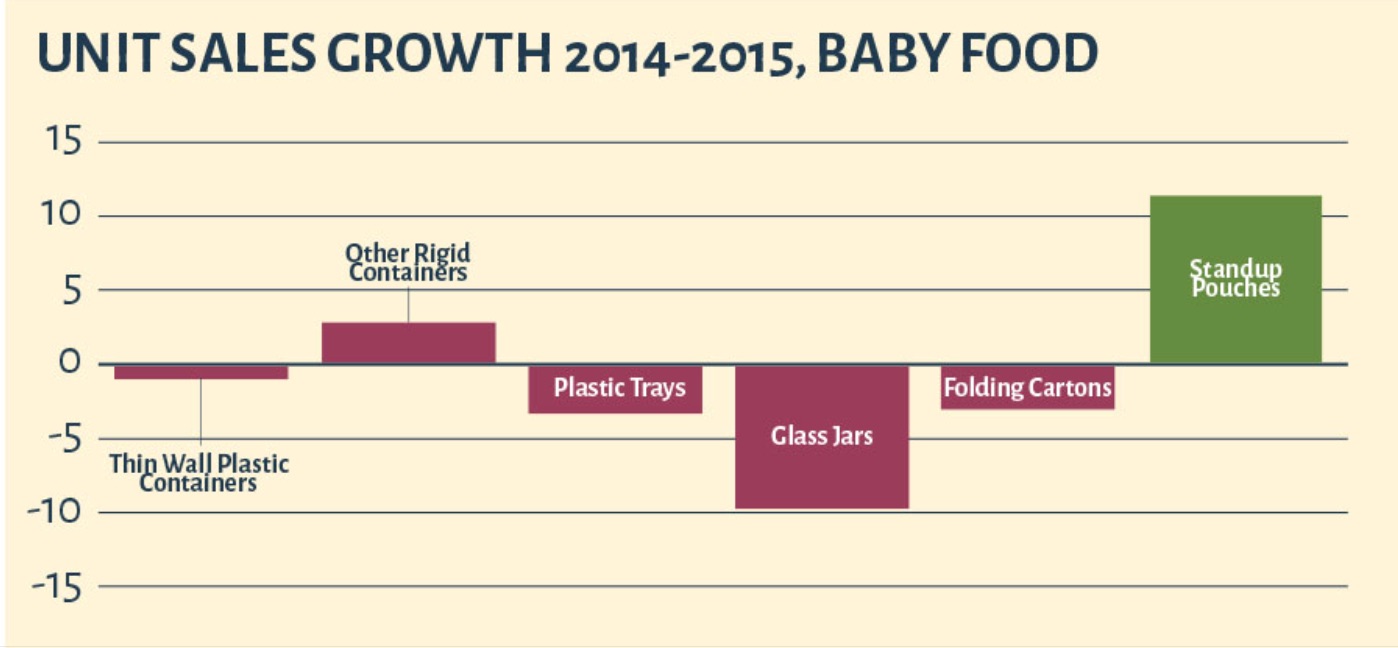
Technological developments to extend product shelf life and maintain product freshness, and still allow for increased functionality, have expanded the range and depth of product possibilities for the pouch as well. Recent pouch convenience innovations include microwaveable, retortable, self-venting pouches that double as a bowl.
Innovation among fitments and closures include a wide variety of expanded and improved functions related to easy opening, audible freshness cues, child safety, choke-resistance, controlled pour, tamper evidence and many other features.
As consumer hunger for organic products increases, flexible pouches have allowed brands to highlight product freshness in a variety of ways. Clear film structures allow consumers to view the goodness and product texture through a clear window area where there is no printing. This can positively impact brand profit because nearly 70 percent of food shoppers agree that it’s important to see the food inside the packaging.
Less Can Be More
Interest in all things natural doesn’t end with product quality. It extends to a sincere interest in protecting the earth and environment. Stand-up pouches offer improved sustainability compared to traditional packaging formats for a variety of reasons.
According to the “Study of Packaging Efficiency,” regardless of the materials used to construct flexible plastic packages or the much higher recycling rates of the materials used to produce rigid containers, “the best way to reduce materials going to landfills continues to be through the use of lighter weight packaging materials.”
Because stand-up pouches offer a product-to-package ratio of 35:1, their use helps decrease carbon dioxide emissions versus alternative packaging formats by up to 93 percent due to less pollution from transportation and a reduced carbon footprint. For example, one truckload of unfilled flexible pouches is equivalent to 26 truckloads of unfilled glass jars. That decreased space consumption associated with pouches also carries over into reduced warehousing costs for brands.
Future of Pouches
In the U.S., e-commerce continues to grow at a dramatic pace, putting pressure on traditional retail. According to the U.S. Department of Commerce, the e-commerce channel grew 14.6 percent in 2015 while total retail sales overall grew only 1.5 percent. While online sales currently account for 3 percent of the $795 billion CPG market, the projected four-year compounded growth rate of 18 percent means that nearly half the growth the industry will experience through 2020 will come through e-commerce. (Source Table: BCG, BI Intelligence, Kantar, Morgan Stanley, Bemis Analysis)
While e-commerce opens new doors for brands to grow and increase loyalty as consumers restock their favorite products using this channel, there are risks that need to be identified.
This direct-to-consumer scenario creates opportunities for damage during shipping since packaging designed for pallets is now in corrugated boxes, often with ad-hoc secondary packaging as its only protection. A broken baby food jar or leaky detergent bottle delivered to a doorstep is more of an inconvenience than an advantage to consumers. In fact, 41 percent of consumers negatively associate this with the brand—not the post office or shipping service—according to a 2016 Temando report on the state of shipping in commerce.
Across a wide variety of products, flexible packaging has tested better than traditional formats through the e-commerce distribution chain. Stand-up pouches are emerging as the ideal e-commerce package because they resist shattering like glass, denting like aluminum, tearing like corrugated or breaking like rigid bottles.
Shifting channels, new consumer purchase drivers and technological advances affecting product freshness, taste and performance on shelf all add up to a bright future for flexible packaging and pouches.
Although initially developed to deliver a simple beverage-
and-straw solution, pouches are increasingly proving that they can expand usage occasions, expand categories and enable brands to sell more product to more people for more money, more often.
Edit by Mark Moorhead - Brandpackaging
[ add comment ] ( 211 views ) | permalink |




 ( 3 / 1849 )
( 3 / 1849 )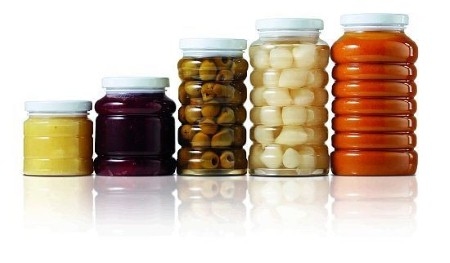
Hot on the heels of our first revolutionary ThermaLite® jar, launched in 2013, is a set of 5 new round jars specifically designed for the food market to replace glass packaging. The 100% PET jars can be hot or cold filled at temperatures up to 95°C and then pasteurised with most methods of pasteurisation, Plastipak is the only packaging specialist in Europe to offer this technology.
The jars are available in 5 sizes, ranging from 212ml to 720ml, all with a 63mm neck opening. They are perfect for food applications such as cooking sauces, pasta sauces, pesto, tomato-based products, pickled vegetables, relishes, chutneys, fruit purées, jams and spreads. And they are up to 85% lighter than glass.
For fillers, the shatterproof jars can be used on glass filling lines with little or no modification required. Line downtime and batch spoilage due to breakage is virtually eliminated, noise levels in the production environment are greatly reduced and less secondary packaging is required. As the same regular twist-off metal closures used for food are used with ThermaLite, this also has little impact on the filling line.
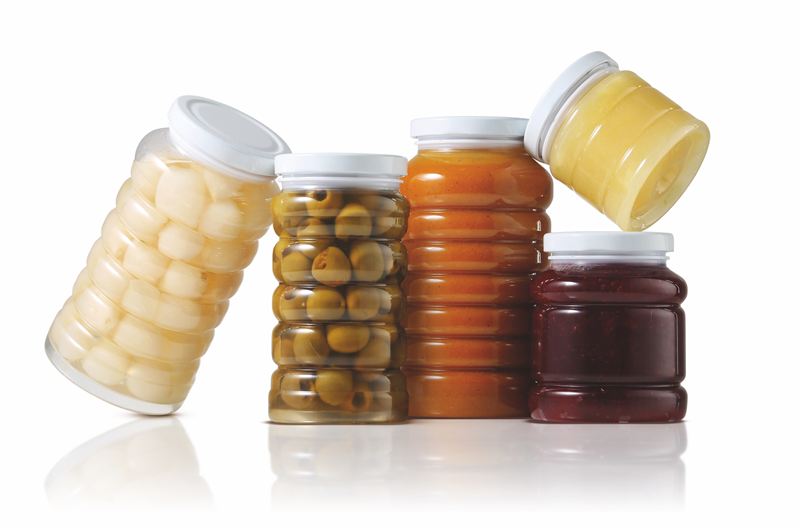
Because of their lightweight nature, the jars make a significant contribution to carbon footprint savings. Take the 375ml jar for example – with the weight saving over the glass equivalent and the slightly smaller footprint, around 19% more ThermaLite® jars can be transported in the logistical chain than glass counterparts. Based on a volume of 10 million jars, this equates to around 73 or 24% less trucks being used in comparison to glass.
For retailers, breakage and spoilage is also greatly reduced, increasing safety for all. And as the jars are shatterproof, the opportunity for cross-selling is increased.
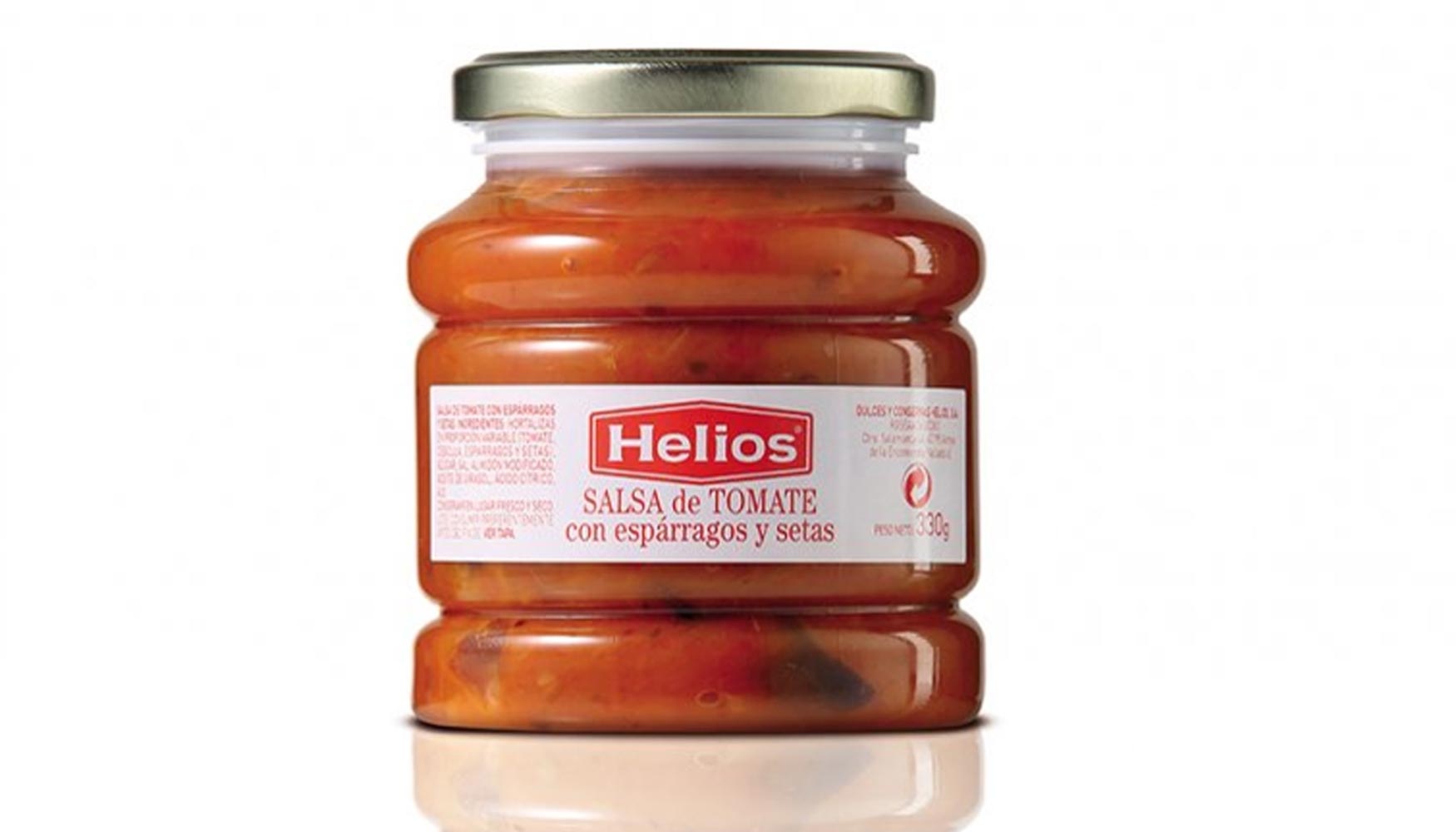
For consumers, the benefits of ThermaLite® are numerous. The perfect clarity of the jar allows the contents to be clearly seen and creates excellent on-shelf impact. The jars are easy to open and reclose with the metal twist-off cap providing familiarity. Easy to grip, pour and hold, the lightweight containers are also easy to recycle from home.
If you’d like to hear more about the new ThermaLite® range, or are interested in seeing how the technology would fit with your products, please contact Plastipak using the contact form in the Contact Us section, or give us a call.
Source : http://www.plastipakeurope.com
[ add comment ] ( 60 views ) | permalink |




 ( 3 / 1885 )
( 3 / 1885 )

 Calendar
Calendar